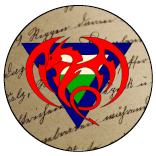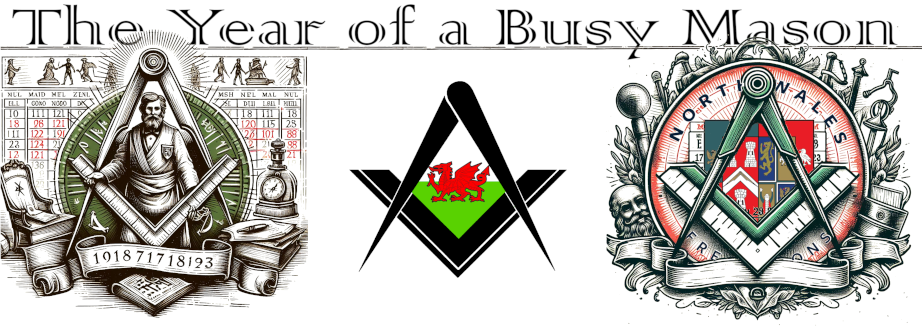This evening Was Wrexhamian Lodges Rehearsals.
Next Friday it is the Welsh night, and due to the amount of visitors the DC want’s to make sure it all goes off without a hitch. So it will be a Past Masters evening.
Only not all the Past Masters taking part turned up for rehearsals, and the DC is leaving some things to just get sorted on the night (which is never a good start), and there are some bits that really need sorting (only the involved people were not there) such as deciding the JW will do the SE corner from his seat, so to the back of the candidate.
Hopefully it will all be alright on the night!
(Famous last words)
Anyway I had nothing to do, so I just turned up to help. And stood in as JW for the rehearsals, which does not have a lot to do, so i got a chance to do some editing on the NWAMS book.
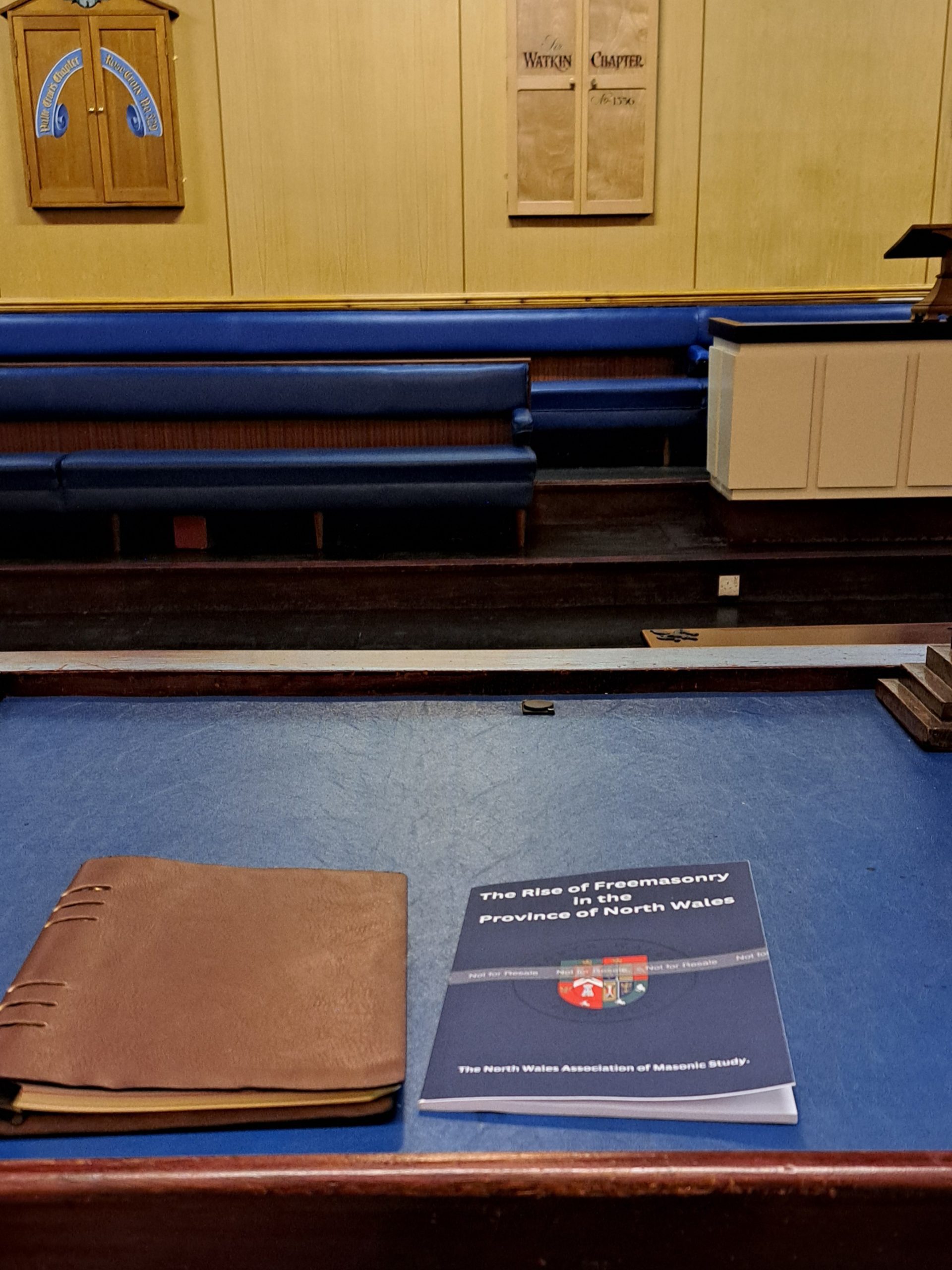
My view from the JW’s chair.
Oh. In case the title confused you, next Friday we are doing Y Mochyn Du, and two people have managed to arrange a pig’s head for the night, so we have too many. 🙂
Update Count:- Attended/Total
20/22 – Meetings
08/08 – Visits
12/15 – Rehearsals
07/09 – Committee
04/04 – AGM’s
01/01 – Social
Masonic Halls – 12
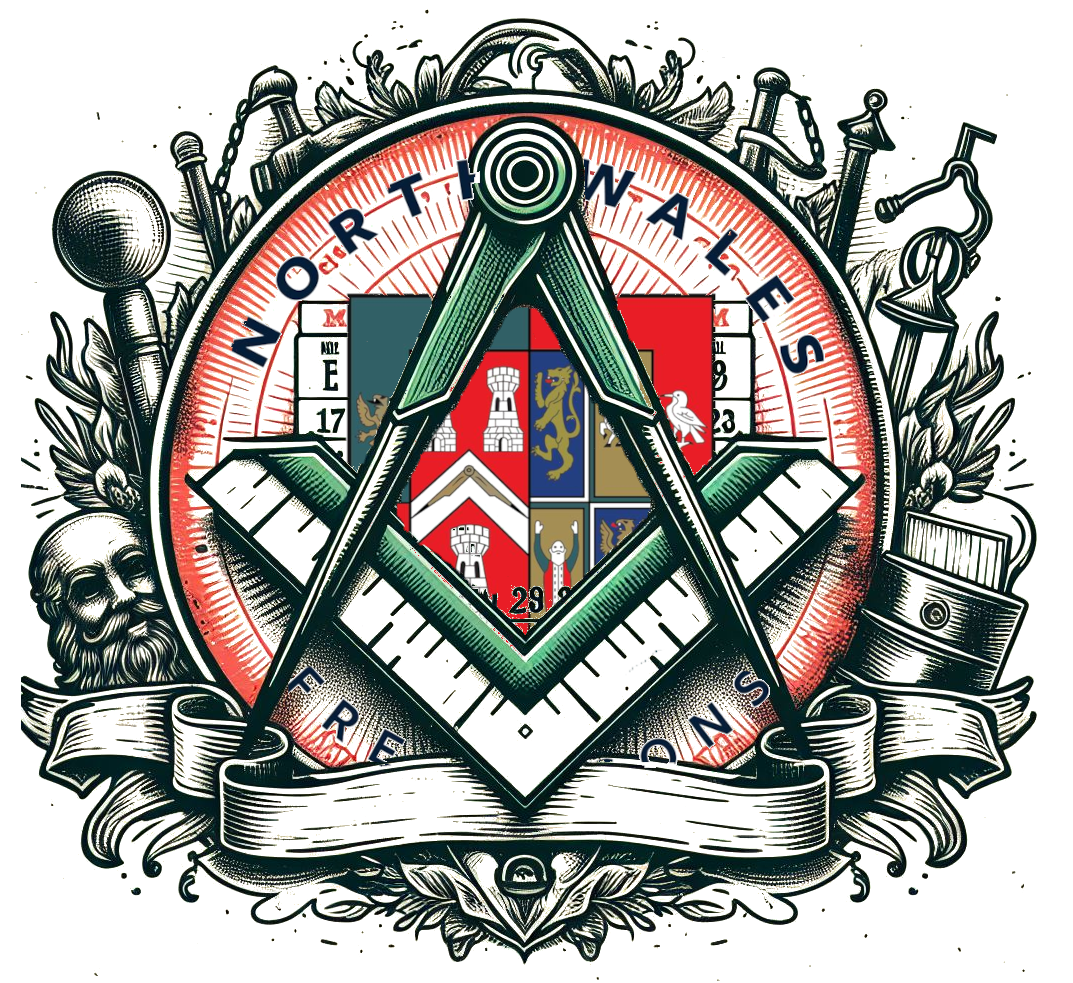
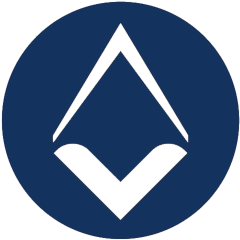
Freemasonry (Craft)
One of the oldest social and charitable organisations in the world, Freemasonry's roots lie in the traditions of the medieval stonemasons who built our cathedrals and castles.
It is here that a number of the famous elements of Freemasonry find their roots. In the medieval era, stonemasons often travelled around to find work in different locations. To demonstrate their level of qualification, they would use grips, words and signs in order to distinguish themselves from unqualified builders.
Freemasonry uses building analogies to teach members how to lead productive lives that benefit the communities that they live in. In the medieval era, stonemasons wore aprons and gloves to protect themselves while working on shaping rough pieces of stone, but in today’s society Freemasons meet to build friendships and communities rather than cathedrals and castles.
